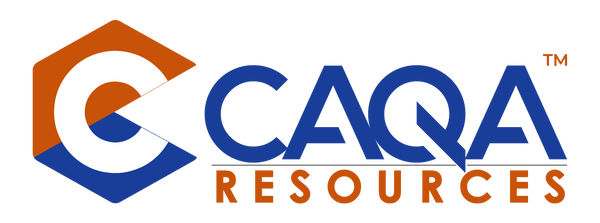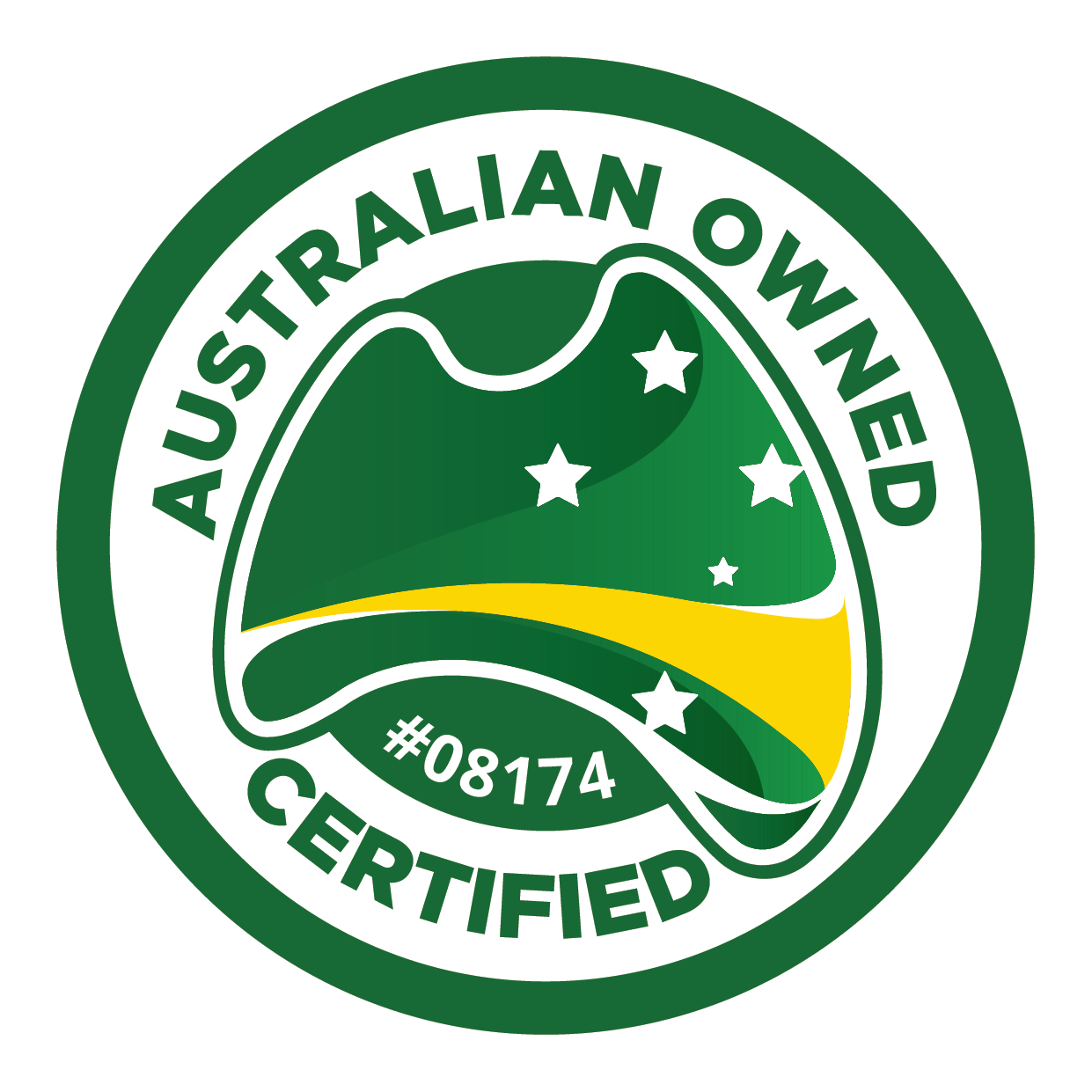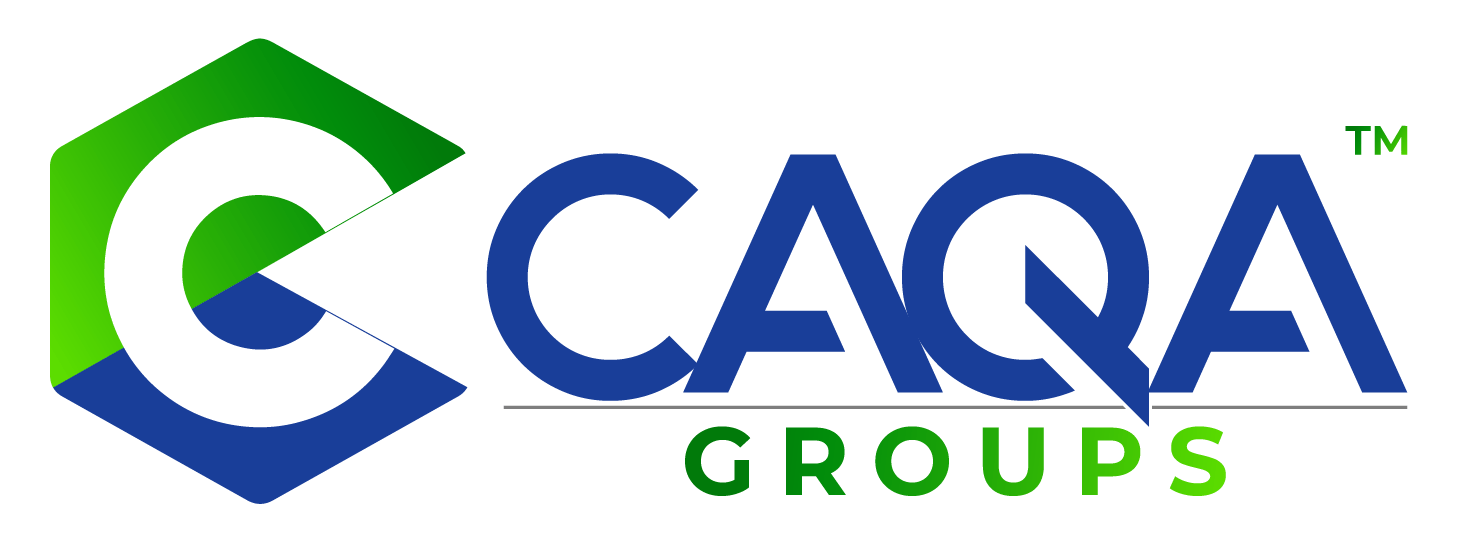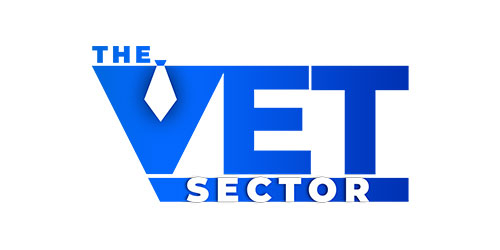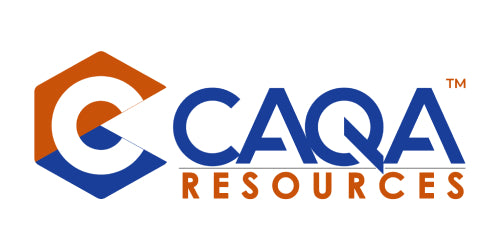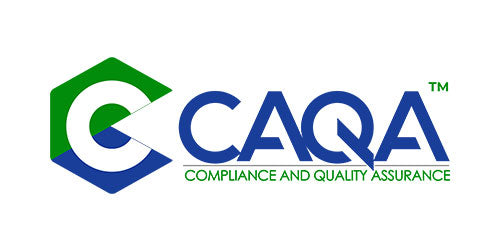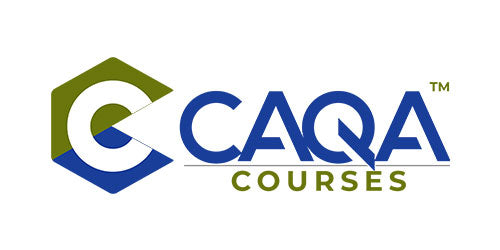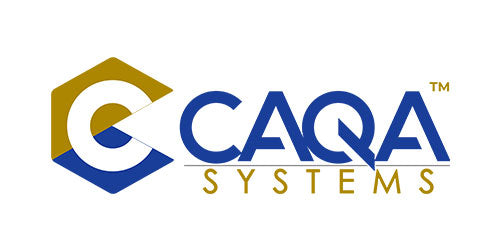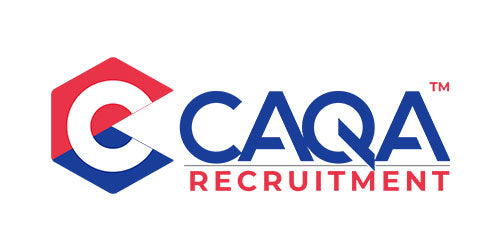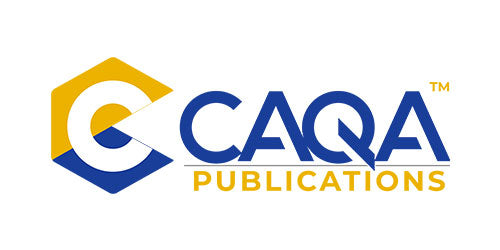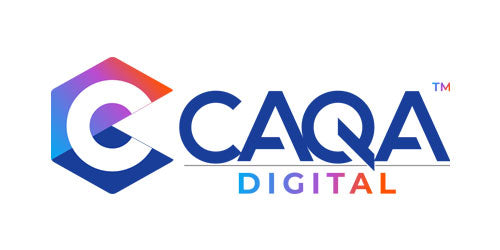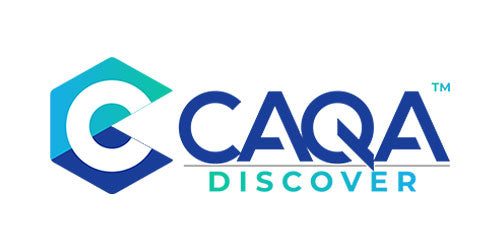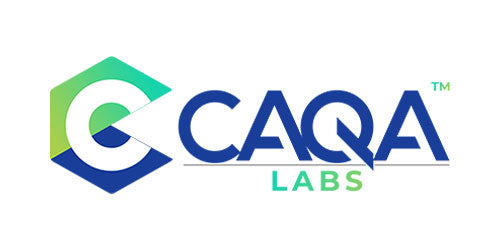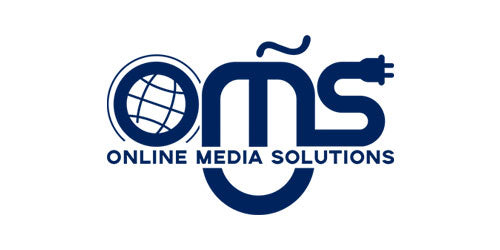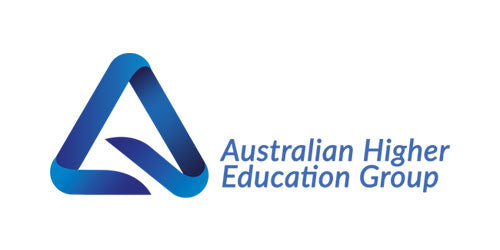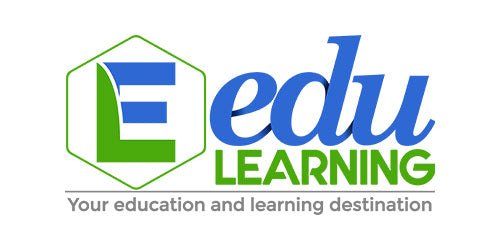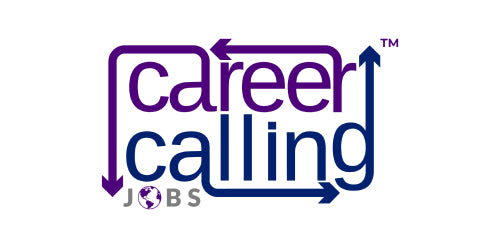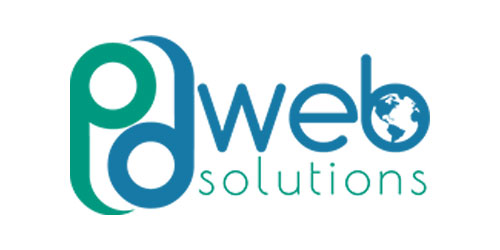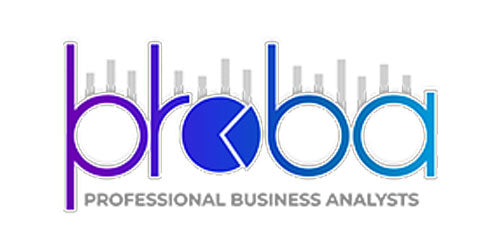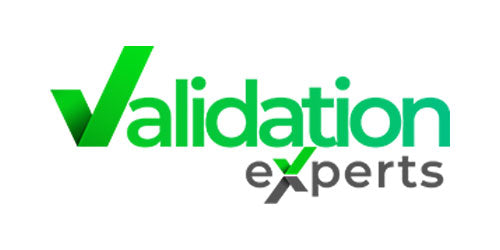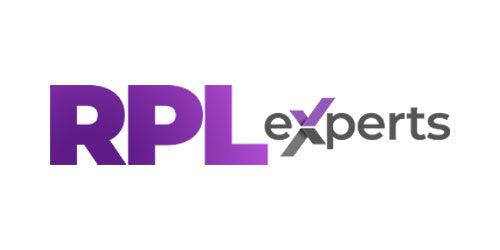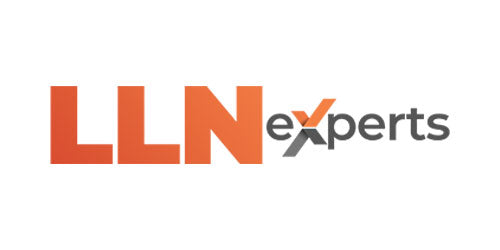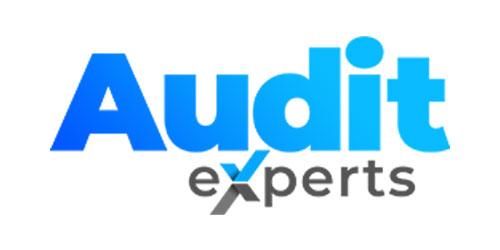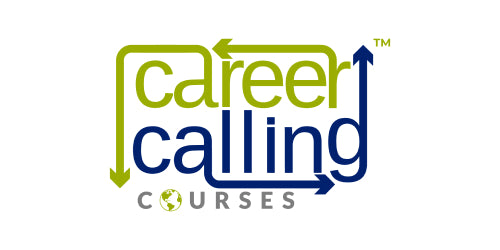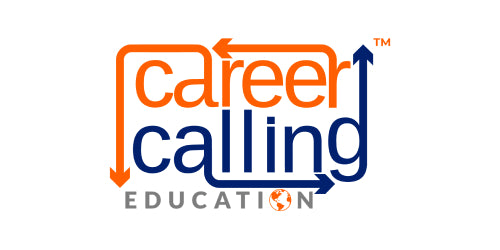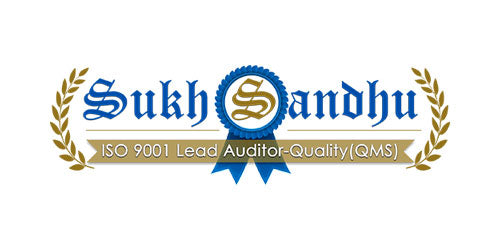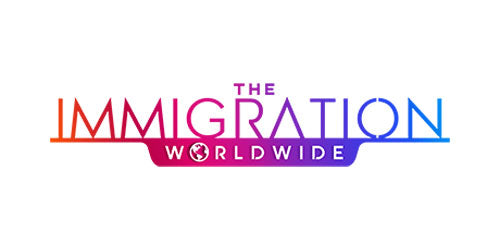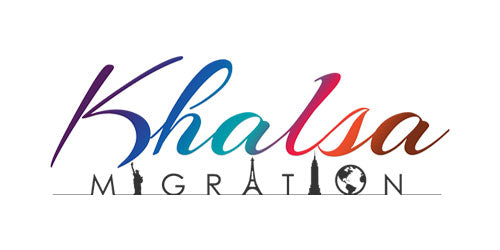The Australian Vocational Education and Training (VET) landscape is undergoing a period of rapid change, brought about in part by revisions to the Standards for Registered Training Organisations (RTOs) that take full regulatory effect on July 1, 2025. These developments underscore the importance of continuously updating and refining training resources to maintain compliance and ensure that graduates enter the workforce with up-to-date skills. Staying abreast of regulatory changes and industry expectations is both a strategic necessity and a hallmark of a high-performing RTO.
The Evolving Landscape of RTO Regulations
Registered Training Organisations in Australia operate in a regulatory environment that demands constant vigilance. The revised Standards for RTOs place a particular emphasis on Outcome Standards, Compliance Requirements, and a new Credential Policy. This new framework is designed to make clearer links between RTO requirements and expected learner outcomes. For many providers, such a shift necessitates critical updates to existing materials, delivery methodologies, and assessment strategies.
The central objective is to foster more flexibility and innovation in training delivery, ensuring that learners derive quality outcomes that align with workforce needs. Importantly, the updated Standards require RTOs to demonstrate tangible results: improved learner engagement, enhanced skills relevance, and a direct linkage between training activities and industry requirements.
Impact on Training Quality and Delivery
Enhanced Learner Engagement
The focus on outcomes naturally pushes Registered Training Organisations (RTOs) to adopt a more student-centred approach, in which learning materials and resources closely match how learners best absorb, practice, and demonstrate competency. This shift represents a significant evolution in the educational paradigm, moving away from a one-size-fits-all model to a more personalised and adaptive learning environment.
For instance, training resources must offer clear progression pathways and reflect the diverse learning styles of different cohorts. This means developing a variety of materials that cater to visual, auditory, and kinesthetic learners, as well as those who prefer self-paced learning or more structured environments. RTOs might incorporate interactive online modules, hands-on workshops, video tutorials, and written guides to address these varied needs.
This student-centred approach also necessitates the regular incorporation of feedback loops where trainers and learners can communicate evolving expectations about course content and design. These feedback mechanisms could include regular surveys, focus groups, one-on-one consultations, and analysis of learning analytics data. By continuously gathering and acting on this feedback, RTOs can ensure their offerings remain relevant, engaging, and effective.
Moreover, the emphasis on outcomes encourages RTOs to develop more practical, industry-aligned curricula. This often involves collaborating closely with industry partners to identify key competencies and skills that are in high demand. By doing so, RTOs can better prepare students for the realities of the workplace and improve their employability prospects.
The student-centred approach also extends to assessment methods. Rather than relying solely on traditional exams, RTOs are increasingly adopting performance-based assessments, portfolios, and real-world projects that allow students to demonstrate their competencies in more authentic contexts. This not only provides a more accurate measure of a student's abilities but also helps to build confidence and practical skills that are directly applicable in the workplace.
Furthermore, this approach often leads to more flexible and personalised learning pathways. RTOs may offer modular courses that allow students to focus on specific areas of interest or need or provide options for accelerated learning for those who can demonstrate existing competencies. This flexibility can make education more accessible to a wider range of learners, including those balancing work and family commitments.
The shift towards a more student-centred, outcomes-focused approach in RTOs represents a significant advancement in vocational education and training. By tailoring resources, incorporating feedback, aligning with industry needs, and offering flexible pathways, RTOs can better serve their students and ultimately contribute to a more skilled and adaptable workforce.
Rigorous and Relevant Assessment
Under the new Standards, assessment strategies must be valid, reliable, and directly aligned with contemporary workplace practices. RTOs must illustrate how assessment methods correspond to relevant industry benchmarks and confirm that learners can perform competently. This dynamic helps ensure that successful graduates move seamlessly into the workforce, equipped with skills recognised as current and effective by industry stakeholders.
The Critical Nature of Compliance
Staying compliant with current industry guidelines is far more than a bureaucratic exercise; it is pivotal to the success and credibility of RTOs. Non-compliance can lead to severe consequences, including financial penalties, reputational damage, or even the loss of registration status. By contrast, effective compliance and alignment with industry needs build trust among employers, learners, and the broader community.
Stronger Industry Engagement
A notable component of the revised framework is the heightened call for industry engagement. RTOs that partner closely with businesses and community representatives are better positioned to ensure their curricula reflect real-world skill requirements. These stronger linkages translate into training programs that remain relevant, delivering graduates who are prepared to address workforce gaps immediately.
Steps to Review and Update Materials
Maintaining up-to-date RTO resources is best accomplished through a systematic and ongoing approach. Below are some key areas of focus:
Conduct Regular Audits
A proactive strategy for resource review involves scheduled internal audits. These should evaluate each course, topic, and assessment method against the latest sector practices and compliance markers. By comparing written materials with actual training delivery, RTOs can flag inconsistencies and identify resources needing revision. A structured audit plan might include a rotating schedule, ensuring that all courses receive a comprehensive review at least once a year.
Engage with Industry Partners
Repeated communication with industry partners offers invaluable insights into emerging technologies, evolving skill sets, and future workforce needs. This engagement might involve hosting advisory committee meetings, conducting site visits at workplaces, or running pilot projects that incorporate new technologies. By facilitating collaborative discussions with employers, RTOs can pinpoint where existing resources fall short and how best to revise materials.
Update Assessment Tools
Assessments remain the linchpin of demonstrating competency in the vocational education and training (VET) sector. Registered Training Organisations (RTOs) should place a strong emphasis on ensuring their assessment tools, materials, and resources are up-to-date, relevant, and aligned with industry standards. This includes VET resources, RTO materials, training and assessment resources, and any other materials used in the assessment process.
In today's rapidly evolving workplace landscape, it is crucial that these assessment tools reflect current standards, technologies, and processes. For instance, simulation exercises might be upgraded to mirror contemporary industrial machinery, providing learners with hands-on experience that closely resembles real-world scenarios. Similarly, scenario-based tasks could incorporate fresh case studies drawn from the latest workplace trends, ensuring that learners are exposed to relevant and timely challenges they may face in their future careers.
Moreover, RTOs should pay close attention to the alignment of their assessment components with the appropriate Australian Qualifications Framework (AQF) level. This ensures that the complexity and depth of the assessments match the expected learning outcomes for each qualification level. It is essential to provide learners with a clear path to demonstrating the essential skills and knowledge required for their chosen field.
To achieve this, RTOs may consider implementing a regular review process for their assessment materials. This could involve consulting with industry experts, staying informed about technological advancements, and gathering feedback from both trainers and learners. By doing so, RTOs can ensure that their assessment tools remain relevant and effective in measuring learners' competencies.
Furthermore, RTOs should consider incorporating a variety of assessment methods to cater to different learning styles and provide a comprehensive evaluation of learners' skills. This might include practical demonstrations, written exams, oral presentations, group projects, and portfolio assessments. By diversifying assessment approaches, RTOs can gain a more holistic understanding of each learner's capabilities and readiness for the workforce.
It is also worth noting that as technology continues to advance, RTOs may need to explore new ways of conducting assessments. This could involve leveraging digital platforms for online assessments, using virtual reality for immersive simulations, or implementing artificial intelligence to provide personalised feedback to learners.
Maintaining up-to-date and relevant assessment tools is crucial for RTOs to effectively demonstrate learner competency. By continually adapting and improving their assessment materials, RTOs can ensure that they are providing learners with the best possible preparation for their future careers in an ever-changing job market.
Implement Digital Solutions
Modernising operations with RTO management software can streamline document updates, track learner progression more accurately, and automate certain compliance checks. Digital records of training materials or past assessments facilitate quicker revisions when standards change. Likewise, analytic tools within such software can highlight patterns in student performance or identify areas in which learners struggle, signalling that a resource update is due.
Tools for Monitoring Industry Changes
Regulatory Change Management Software
Platforms specifically designed for regulatory change management can track new or updated policies, compile relevant documentation, and suggest corresponding internal policy changes. Integrating such solutions reduces the risk of overlooking minor amendments in guidelines that might carry major compliance implications for training resources.
Compliance Monitoring Software
A variety of compliance software solutions provide centralised dashboards where RTO staff can spot and respond to changing requirements. These platforms often feature automated alerts, ensuring that organisations receive immediate notification of new regulations or updates from authorities such as the Australian Skills Quality Authority.
Industry Engagement Platforms
In addition to formal regulatory tools, certain online platforms enable deeper industry involvement. By hosting joint forums, scheduling recurring feedback sessions, or running digital surveys, RTOs remain informed about emerging best practices and can revise resources accordingly. This regular feedback loop is instrumental in bridging the gap between academics and the day-to-day realities of workplaces.
The Importance of Feedback Loops
A robust feedback system ensures that RTO materials continuously evolve. The loop typically consists of four stages:
-
Collecting Regular Feedback: Seeking the perspectives of students, trainers, and employers. Student satisfaction surveys measure how well resources are facilitating learning, while employer feedback reveals whether course content translates into valuable workplace competencies.
-
Analysing Performance Data: Collate and analyse data on student outcomes, completion rates, and job placement statistics. Patterns can highlight areas where resources require revision.
-
Implementing Improvements: Launch iterative changes to resources, refining lesson plans, assessment tasks, or supportive materials.
-
Continuous Communication: Keep stakeholders informed about updates, fostering a sense of collaboration and ownership among trainers, learners, and industry experts.
By embedding these feedback loops within routine RTO operations, continuous improvement becomes a cultural norm rather than an episodic event before audits.
Prioritising Updates for High-Demand Courses
Not all courses carry the same level of importance in an RTO’s portfolio. High-enrollment programs or those responding to urgent industry demands might require more immediate and frequent updates:
-
Analysing Market Trends: Scrutinise enrollment data, job market analyses, and emerging qualification gaps to determine which courses significantly impact both revenue and reputation.
-
Assessing Regulatory Impact: Identify programs particularly affected by the new regulatory framework. These may require an immediate overhaul to maintain compliance.
-
Leveraging Industry Partnerships: Focus collaborative efforts on high-demand areas, ensuring that subject matter experts guide crucial updates.
-
Utilising Agile Development: Employ rapid cycles of curriculum revision. Agile approaches can ensure that content remains contemporary while feedback from each iteration guides further refinements.
Challenges and Considerations
Resource Limitations
Many RTOs, particularly smaller ones, face budget and staffing constraints that hamper the ability to frequently revise materials. Balancing cost-effectiveness with the need for compliance calls for smart allocation of resources. It may be beneficial to adopt an incremental approach, focusing on the most urgent course upgrades first.
Rapid Technological Changes
Technological shifts can quickly render certain teaching materials obsolete. RTOs offering courses in tech-heavy fields like advanced manufacturing or IT face a perpetual challenge: ensure that training resources do not lag behind real-world workplace practices. Staying in close contact with relevant industries is crucial for anticipating emerging skill sets.
Ensuring Consistency Across RTO Locations
If an RTO operates multiple campuses or has a large network of trainers, ensuring that all staff implement the latest materials can be difficult. Investing in centralised digital repositories and streamlined communication channels helps guarantee consistency and prevents outdated resources from lingering in any location.
Balancing Innovation with Compliance
While the new Standards encourage innovation, RTOs must retain oversight to ensure that novel training methods still adhere to compliance rules. For instance, introducing e-learning modules or augmented reality simulations can enrich training, but these platforms must remain transparent and documentable during audits.
Strategies for Success and Sustainability
Cultivating a Culture of Continuous Improvement
A successful RTO typically fosters a shared ethos in which trainers, administrators, and compliance officers collaborate to strengthen resource quality. Regular check-ins, staff development sessions, and data-driven discussions on resource effectiveness all help maintain forward momentum.
Ongoing Professional Development for Staff
Trainers and assessors should have frequent opportunities to upskill or refresh their industry knowledge. This is particularly relevant when new technology or legislation emerges. By supporting staff in learning new standards or techniques, RTOs can create a foundation where each trainer advocates for resource updates as needed.
Embedding Compliance in Everyday Operations
Rather than relegating compliance to a discrete task, RTOs can integrate it into daily routines. For example, digital logs of training sessions can track how well certain resources align with regulatory markers, and staff are encouraged to note any shortfalls. If compliance becomes a continuous activity, the likelihood of last-minute rushes or overlooked updates diminishes.
Building Resilience to Regulatory Changes
Regulatory landscapes evolve, and the capability to adapt swiftly remains vital. By standardising processes for evaluating and updating resources—such as assigning accountability to specific staff members or automating parts of the revision cycle—RTOs can absorb regulatory shifts without significant operational disruption.
A Collective Commitment to Quality
Maintaining relevance and ensuring compliance in an ever-shifting vocational training environment can be daunting. Yet, the rewards are immense: by producing graduates whose skills align closely with workforce needs, RTOs uphold their reputation, avoid costly regulatory pitfalls, and advance Australia’s broader economic and social goals.
Central to this journey is an ongoing cycle of:
-
Engaging meaningfully with the industry to pinpoint critical skill gaps
-
Auditing and revising training materials to reflect the latest best practices
-
Incorporating technological tools that streamline resource updates
-
Fostering a culture where feedback drives continuous enhancement
With these elements in place, RTOs can confidently navigate the new Standards for RTOs, maintain robust compliance, and deliver training programs that thoroughly prepare learners for success in an evolving world.
Frequently Asked Questions (FAQs)
1. Why are frequent updates to RTO training materials so important?
Regular updates ensure that training remains aligned with ever-changing industry demands, technological innovations, and revised regulatory standards. This not only preserves compliance but also guarantees that learners acquire skills that are truly market-relevant and sought after by employers.
2. What happens if an RTO’s resources are not updated in time for the new Standards in July 2025?
Failure to comply with the revised Standards can lead to regulatory penalties, negative audit findings, or even de-registration of the RTO. Furthermore, outdated materials risk producing graduates who are not prepared for real-world roles, which can harm the RTO’s reputation and learner satisfaction.
3. How can smaller RTOs overcome budget constraints when updating resources?
Small RTOs might prioritise high-demand or high-risk courses first to maximise return on investment. They could also collaborate with industry partners, share resources with similar RTOs, or adopt agile processes that permit incremental updates instead of a complete overhaul.
4. What are “Outcome Standards” and why do they matter?
Outcome Standards prioritise the actual results an RTO achieves—like improved learner outcomes or stronger job placements—rather than the processes used to reach them. They matter because they require RTOs to prove that training genuinely benefits learners and employers, which fosters greater accountability and innovation in course design.
5. How can digital solutions help RTOs stay compliant?
RTO management or compliance monitoring software can automatically track changes to regulations, prompt updates to internal policies, store revised curriculum documents, and even generate analytics on learner progress. These platforms streamline the update process, mitigate human error, and keep records ready for audits.
6. In what ways can industry engagement improve resource quality?
Close ties to industry representatives provide direct insight into skill gaps, current workplace technologies, and overarching sectoral trends. Incorporating their feedback into training resources ensures that what learners study mirrors actual professional contexts, raising both employability and employer satisfaction.
7. Why are feedback loops vital for updating resources?
Feedback loops allow RTOs to continuously gauge the effectiveness of their materials. By collecting perspectives from students, trainers, and employers, RTOs identify areas that need enhancements. This real-time approach to data and feedback ensures that improvements are ongoing, not merely a response to audits.
8. Which courses should be updated first if resources are limited?
RTOs can start with courses that either attract the largest number of learners or address critical workforce shortages. Updating these quickly ensures that the majority of students benefit and that employers in key sectors receive skilled graduates. Additionally, courses heavily affected by new regulations deserve prompt attention.
9. How do the revised Standards encourage innovation in training delivery?
The Standards emphasise outcomes and relevance to industry, giving providers room to introduce inventive methods—such as blended learning, virtual simulations, or micro-credentials. By focusing on whether these strategies drive positive learner results rather than adhering rigidly to prescriptive processes, RTOs can freely experiment.
10. What is the biggest challenge in balancing ongoing compliance requirements with the push for innovation?
The biggest hurdle is ensuring that new, creative ways of delivering training still meet all regulatory criteria. For instance, while integrating cutting-edge technology can boost engagement, RTOs must also establish sufficient evidence of how these methods comply with the required assessments and maintain verifiable, auditable records.
By considering these frequently asked questions, RTO stakeholders can focus on the core principles for maintaining updated resources and ensuring compliance in a complex regulatory context. Informed by data, buoyed by industry collaboration, and guided by a proactive approach to revision, RTOs can meet emerging standards while fostering a learning environment that truly prepares students for the demands of the modern workplace.









